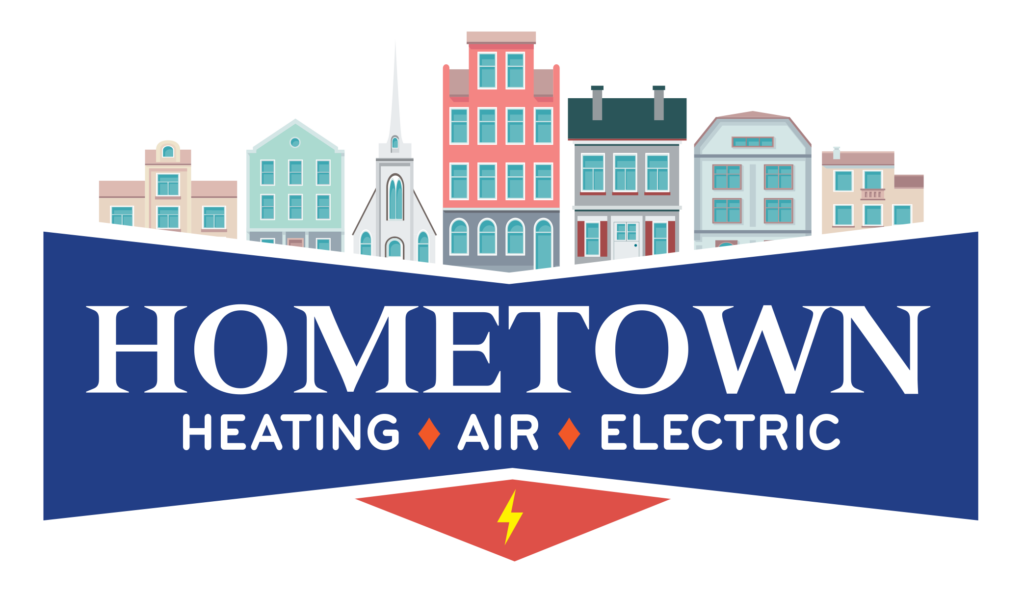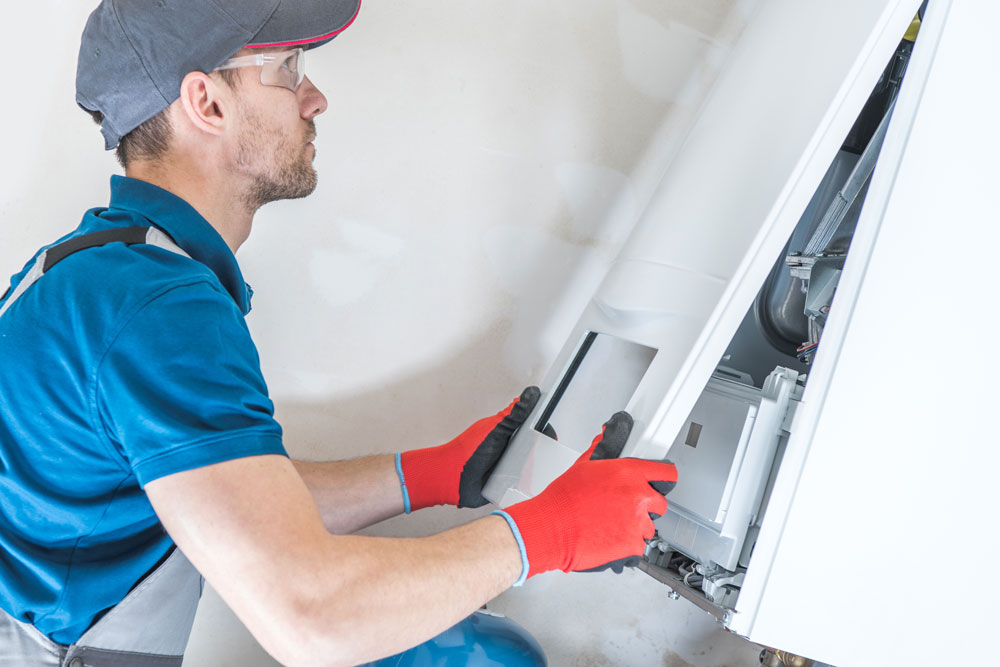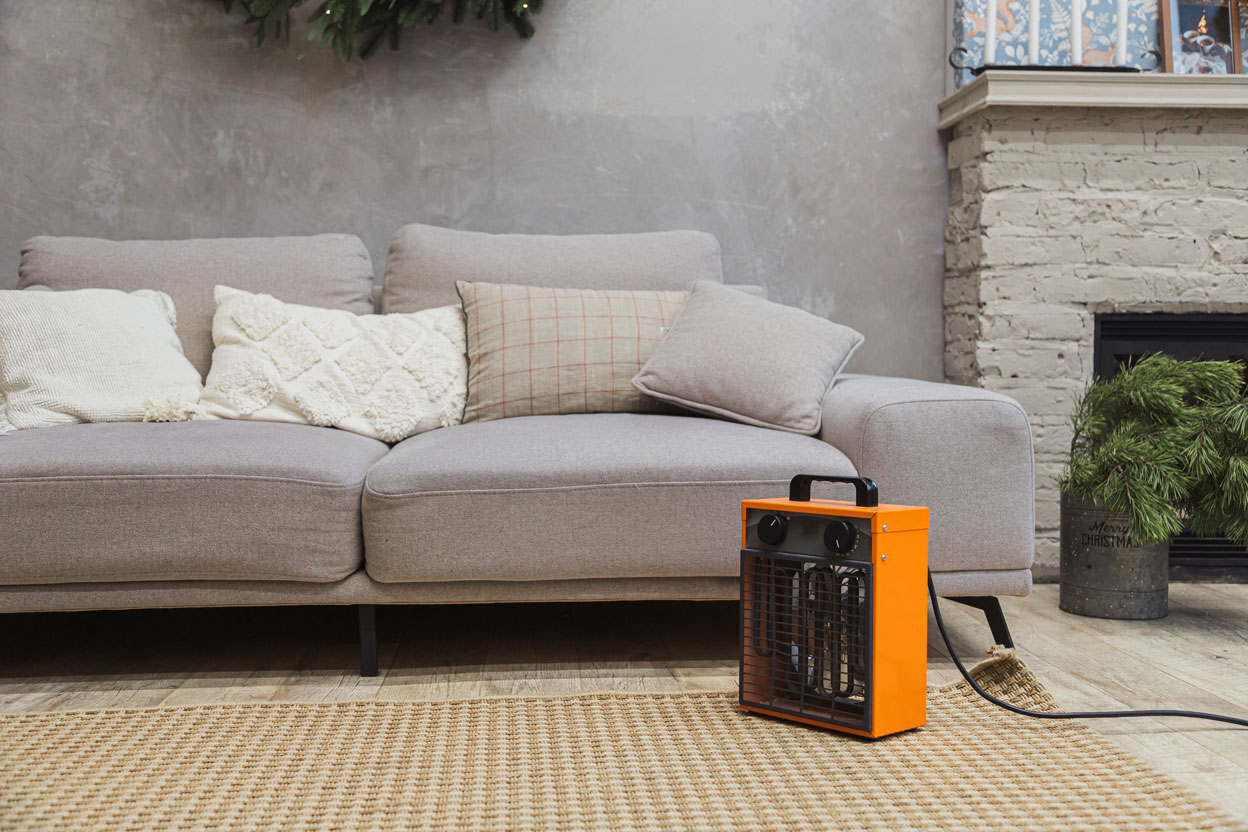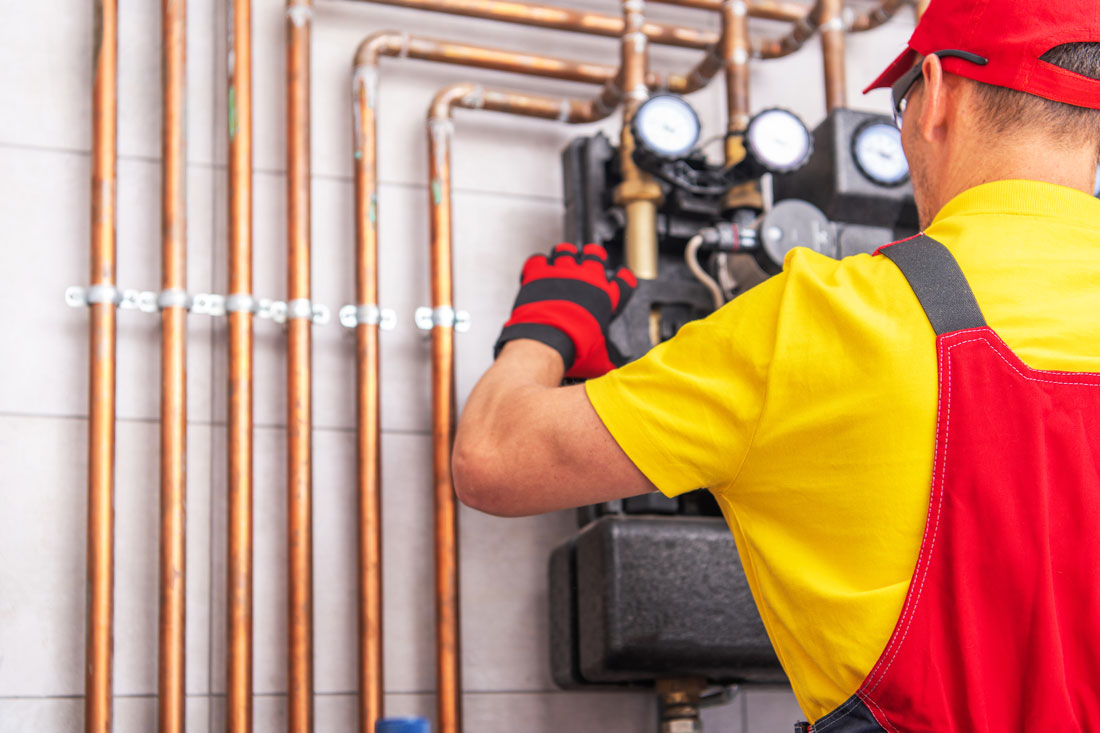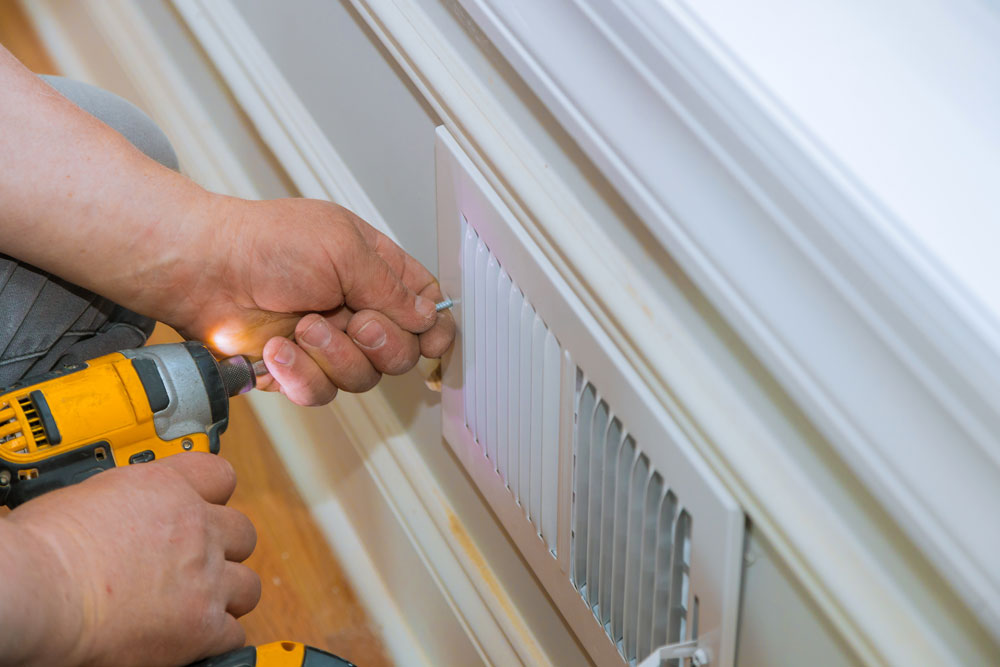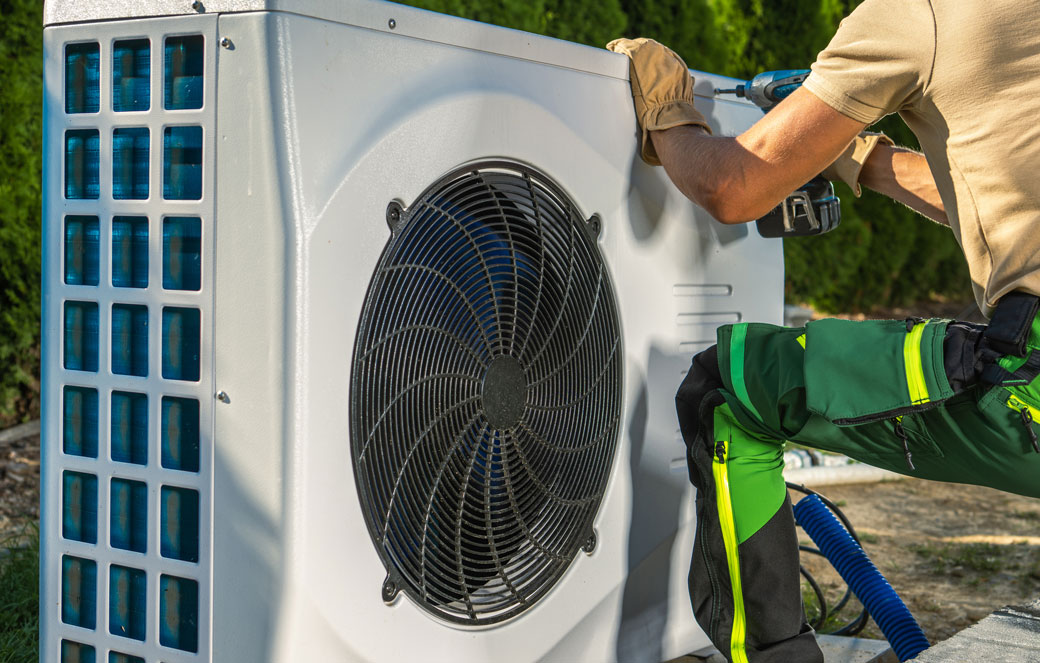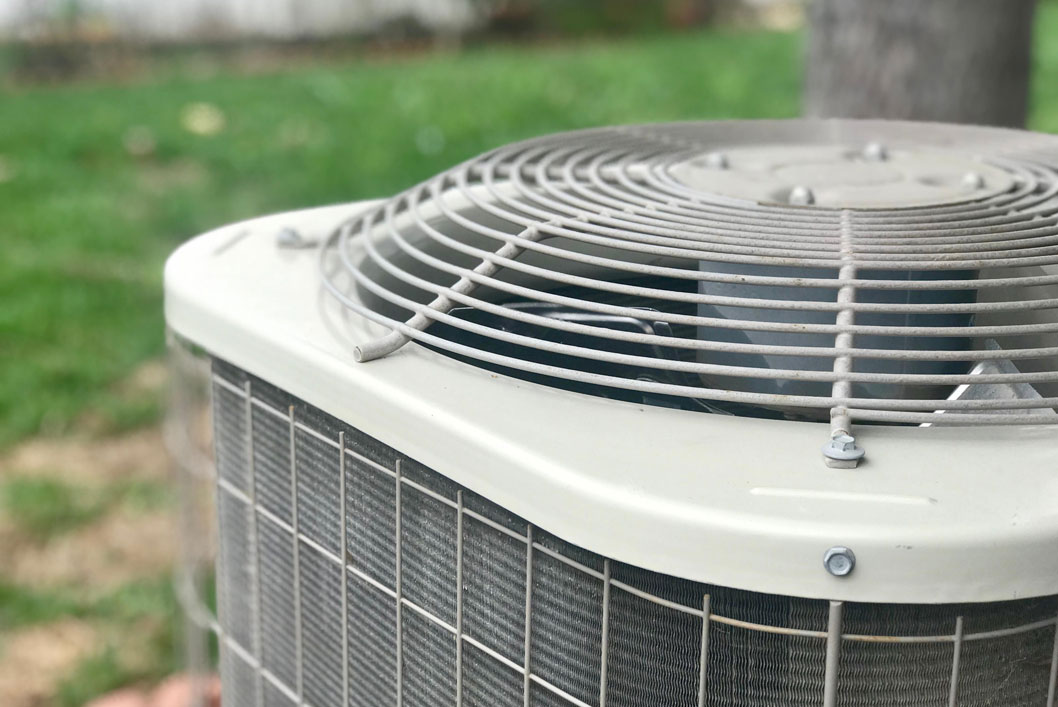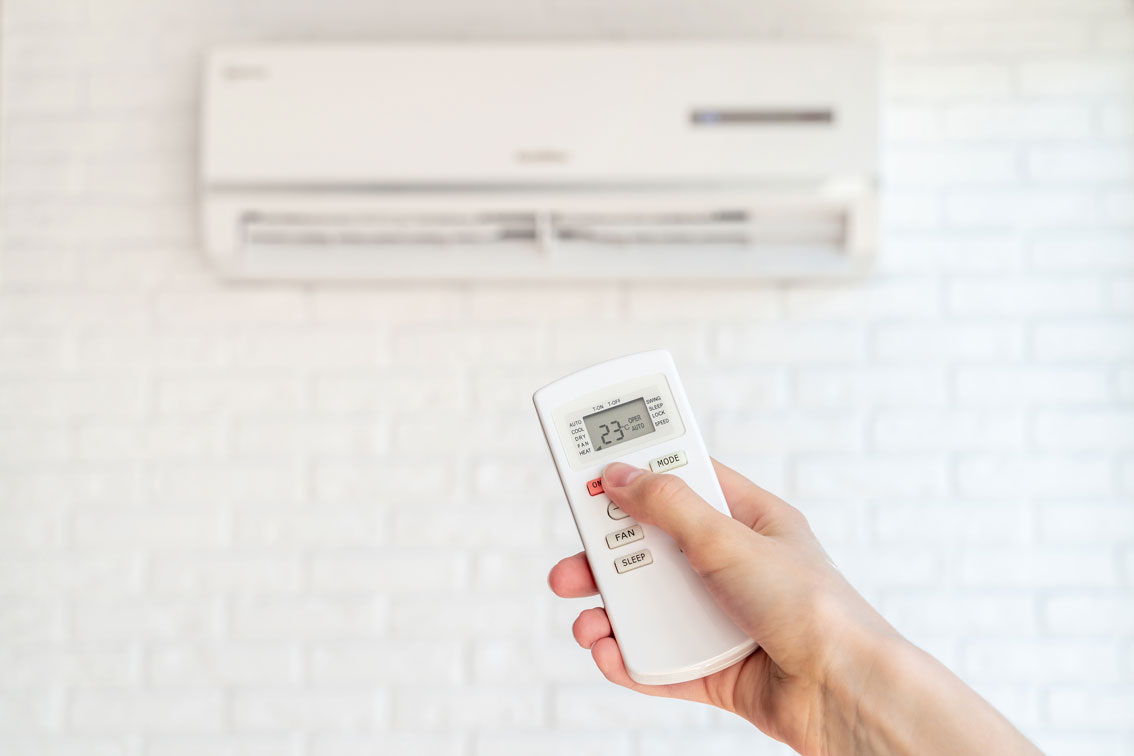When your furnace suddenly starts making strange sounds, it’s only natural to be concerned. You may be worried about spending a bunch of money on repairs, having your heating system break down on you, or even, in the worst-case scenarios, needing to replace your furnace altogether. Don’t panic yet, though. While many noises can represent problems and should not be taken lightly, the majority of them can be minimized if you’re proactive about it. Knowing what each type of noise means can help you save yourself quite a bit of discomfort and money.
Whistling Noise
A whistling noise is one of the least serious sounds you may hear coming from your heating system. The furnace’s air filter causes this noise in most cases. That air filter protects the furnace by trapping floating particles of dust and dirt, but when the filter itself becomes clogged, it makes it harder for the heating unit to pull air through. This is where the whistling noise is coming from, and you should take the sound as a signal that it’s time to replace the air filter with a new, clean one. Ideally, you should try to make this change a regular part of your furnace care routine.
Banging or Booming Noises
If you’re hearing occasional or even regular banging or booming noises coming from your furnace, you shouldn’t ignore it. These sounds typically happen with gas-burning furnaces, which usually means that gas is building up within the appliance. The noise happens when there is a delay with the ignition of the gas burners, which is usually caused by one of the burners being dirty or clogged. You won’t want to try and fix this yourself, and you also shouldn’t wait around to bring in a professional because a malfunctioning gas burner can sometimes cause damage to the heat exchanger, which is a more serious problem.
Screeching or Shrieking
If you’re hearing a high-pitched screeching, shrieking, or squealing sound coming from your furnace, it’s certainly annoying, but it’s probably not all that serious. In most cases, it’s caused by a motor issue such as a loose or damaged belt or possibly just a loose screw. It may also mean that the bearings need to be lubricated so that they can operate more smoothly. It will be hard to tell on your own which of these is actually causing it, so your best bet will be to bring in a heating technician as soon as you can.
Popping Noises
If you’re hearing occasional popping sounds coming from your HVAC system, the issue may actually be taking place in your air vents as opposed to inside your furnace. Your heating system uses these ducts to circulate heat throughout your household. However, sometimes when that warm air from the furnace comes in contact with the cold metal of the ducts, the metal starts to expand, which can result in those popping sounds that you’re hearing. In most cases, this is nothing to worry about, but for your own peace of mind, you may consider bringing in a ductwork expert for an inspection.
Rattling Noises
If your furnace is regularly making a rattling noise while it operates, you would be wise to turn the appliance off until you’re able to have it professionally inspected. It’s possible that this noise is only being caused by a loose panel or screw, which is a relatively minor concern. Alternatively, it could be a more serious problem, such as a cracked heat exchanger, which can lead to carbon monoxide leaking into your home. Even if the problem is only a loose screw, that loose part may end up contacting and damaging other parts of the furnace, so you don’t want to take the risk of leaving it running.
At Hometown Heating, Air & Electric, we are a locally owned and operated business that has been serving the greater Cedarburg, WI, area since 2016. We strive to earn the trust of our community by treating them like friends and family and by providing them with excellent comfort services. Our areas of expertise include heating, cooling, and indoor air quality. We also fully believe in supporting our local community, which is why we participate in a variety of community and chamber events in the area.
Let our friendly team take care of your household needs. Give us a call at Hometown Heating, Air & Electric, and get an appointment on the books today.
